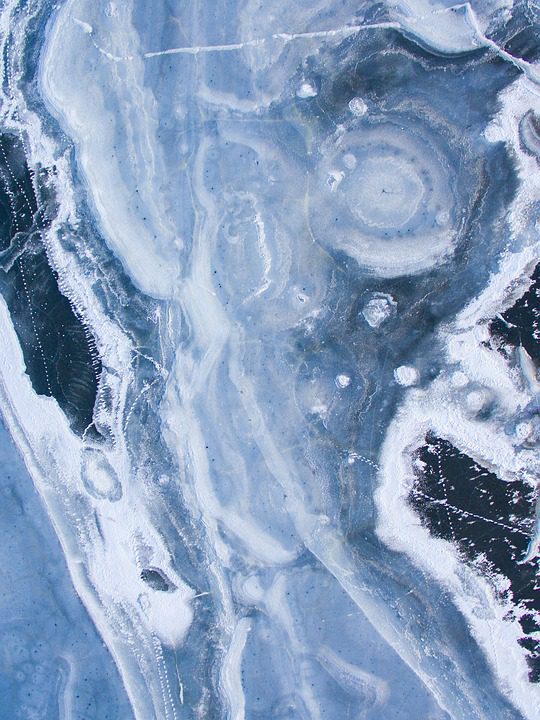Acrylic landscape painting is a beautiful and versatile form of art that allows artists to capture the beauty of the natural world in vibrant and dynamic ways. Whether you are a beginner or a seasoned artist, mastering the art of acrylic landscape painting can be a rewarding and fulfilling experience. In this article, we will discuss some tips and techniques to help you improve your skills and create stunning landscape paintings.
First and foremost, it’s important to choose the right materials for acrylic landscape painting. Invest in high-quality acrylic paints, brushes, and canvas or paper to ensure that your artwork looks professional and lasts for years to come. Acrylic paints dry quickly, so it’s important to work efficiently and plan your painting in advance.
Before you start painting, take some time to study the landscape that you want to recreate. Pay attention to the colors, shapes, and textures of the natural world and consider how you can capture these elements in your painting. You can also take reference photos or sketch the landscape to help you plan your composition.
When starting your acrylic landscape painting, it’s important to work in layers. Start by blocking in the large shapes and colors of the landscape, then gradually add more detail and texture as you progress. Acrylic paints are versatile and can be layered to create depth and dimension in your artwork.
One technique that can help you create stunning acrylic landscape paintings is to use a variety of brushstrokes. Experiment with different brush sizes and techniques to create texture and movement in your artwork. You can use dry brush techniques to create a rough, textured surface, or use a wet-on-wet technique to blend colors seamlessly.
Another tip for mastering the art of acrylic landscape painting is to pay attention to light and shadow. Light and shadow can dramatically affect the mood and atmosphere of your painting, so take the time to study how light falls on different objects and surfaces in your landscape. Use a variety of colors and tones to capture the subtle nuances of light and shadow in your artwork.
Lastly, don’t be afraid to experiment and try new techniques in your acrylic landscape painting. Painting is a creative process, and the more you practice and try new things, the more you will improve as an artist. Take risks, make mistakes, and learn from your experiences to grow and develop your skills.
In conclusion, mastering the art of acrylic landscape painting takes time, practice, and dedication. By choosing the right materials, studying your subject, working in layers, experimenting with brushstrokes, paying attention to light and shadow, and being open to new techniques, you can create stunning and expressive landscape paintings that capture the beauty of the natural world. So grab your brushes and paints, head outside or into your studio, and start creating your own acrylic landscape masterpieces today.




